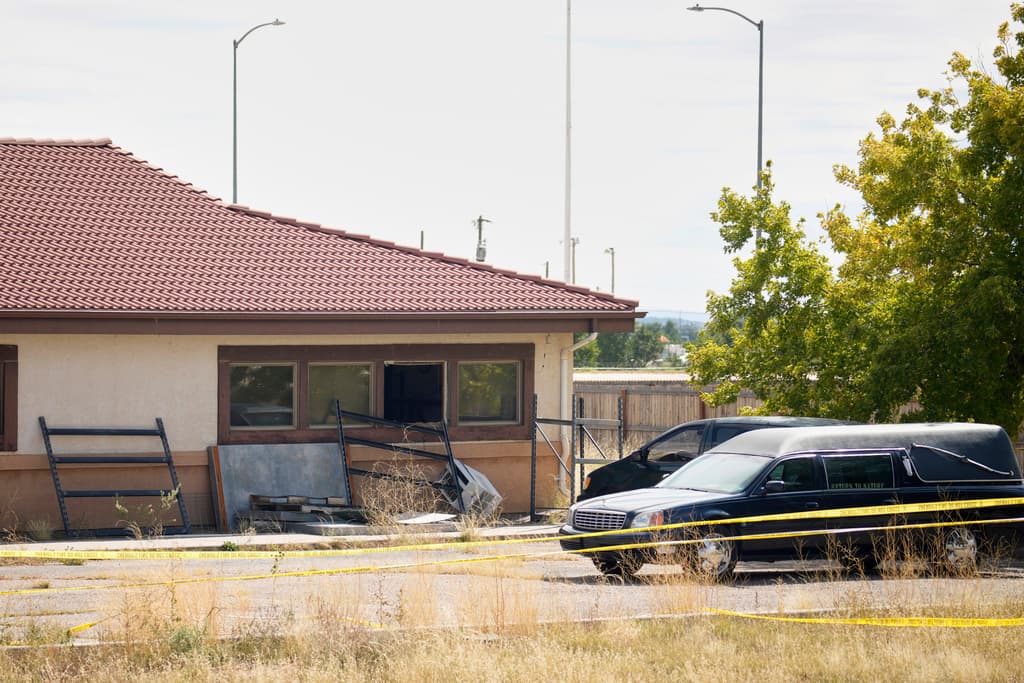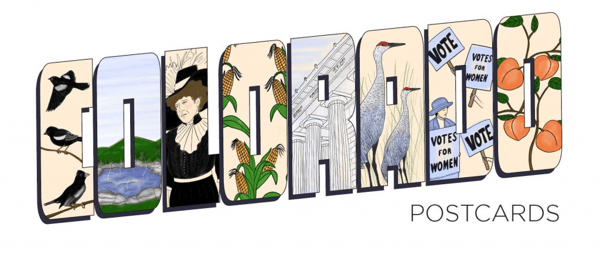
This story was originally published in The Colorado Sun.
By Jason Blevins, The Colorado Sun
Wolf reintroduction could return to the Colorado ballot next year.
The Colorado Secretary of State’s Title Board on Wednesday approved language for a proposed ballot measure that would ask voters in 2026 to end the reintroduction of gray wolves by the end of that year.
“The only thing we are doing with this ballot measure is asking voters to approve a day where wolves would no longer be introduced in Colorado by humans,” said Stan VanderWerf, a former El Paso County commissioner who helped write the ballot measure. “This proposal does not make any other changes to state or provisions that address the management of wolves or reimbursement for depredation. It’s a very simple proposal.”
Voters approved Proposition 114 in November 2020, requiring Colorado Parks and Wildlife to make a plan to begin reintroducing wolves to the Western Slope of Colorado by the end of 2023. The wildlife agency first released 10 gray wolves captured in Oregon onto state land in Grand and Summit counties in December 2023.
After vehement objections from ranchers who lost livestock to the predators, the agency adjusted its management strategy and released 15 wolves captured in British Columbia in Eagle and Pitkin counties in January. Another five wolves that wildlife officials captured and relocated were also released in January. The state last month estimated there are 29 gray wolves in the state. On Feb. 5, state wildlife officials said an uncollared adult wolf believed to have migrated from Wyoming had killed cow in Jackson County.
The ballot measure authorized CPW to release 10 to 15 wolves a year over a three to five years to seed a sustainable population of 30 to 50 gray wolves in western Colorado.
If the Colorado Advocates for Smart Wolf Policy group gathers the 124,238 signatures required for statewide ballot measures, the state’s voters could end wolf reintroduction by the end of 2026. By that time, it is feasible there could be 50 gray wolves in Colorado.
VanderWerf said some voters who approved wolf reintroduction “have buyer’s remorse” and support is building to half reintroduction. Once the signature gathering process begins, VanderWerf said he expects “major funders” will get onboard.
The group’s first fundraising report is not due until April, but VanderWerf said the group has already raised “five figures” and enlisted 700 volunteers to help gather signatures.
The opposition campaign that helped defeat a proposal to ban mountain lion hunting in November raised $1.9 million from hunting and ranching groups and VanderWerf said “we are already tapped into that infrastructure.”
VanderWerf said the November 2020 vote was “ballot box biology” and voters are recognizing that wildlife issues “are best left to wildlife biologists who have good scientific knowledge.”
“What’s happened is unfair to ranchers, unfair to hunters and unfair to CPW. And it’s unfair to wolves,” he said. “We took wolves from the natural environment in Canada and we put them in a place where there’s no way they can exist without conflict.”
Wolf advocates will be fighting the ballot proposal.
“This is so petty,” said Rob Edward with the Rocky Mountain Wolf Project, which is raising money this month to help purchase fladry, lights and trail cameras to help ranchers better protect livestock. “This extremist group could spend a million or more helping ranchers adapt to wolves on the ground. Instead they are going to throw money down that hole and stir people’s confusion about what’s going on with wolves. The fact is the Colorado wolf program is, bar none, a great example of good state wildlife management.”








